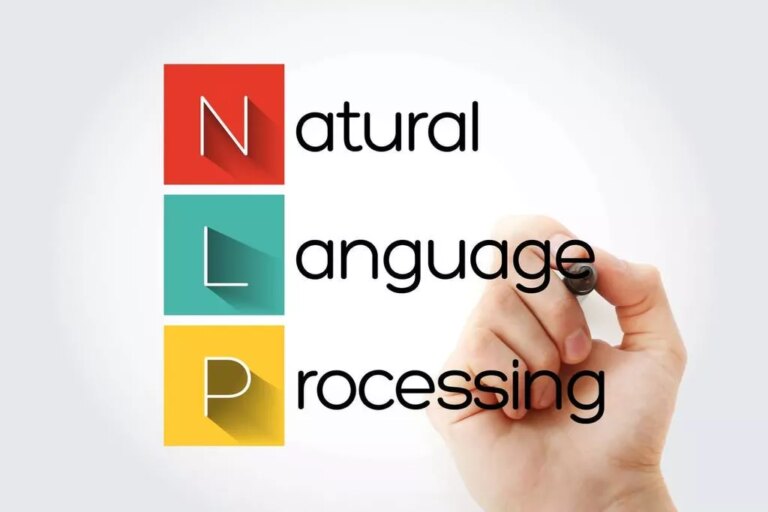But it’s been around a long time and I believe it still serves as a good jumping-off point for the concept of seeing teams as organically evolving entities rather than “plug and play” machines. You might still have to put out the occasional fire, but on high-performing teams, leaders can generally focus on monitoring progress, measuring results and celebrating achievements. Helpful tools include having the right technology and accurate metrics to measure team performance—as well as knowing how to throw a good party.
Many long-standing teams go through these cycles many times as they react to changing circumstances. For example, a change in leadership may cause the team to revert to storming as the new people challenge the existing norms and dynamics of the team. From a leadership perspective, this stage should see leaders focusing on coordinating team activities, define goals, setting values and behaviors for the group and helping https://www.globalcloudteam.com/ people get to know each other. Leaders may benefit from using team building or trust building activities at this stage. Alternatively, they could set aside time and provide opportunities for team members to get to know each other socially. The first stage of group development is known as the forming stage — a time when the group is just starting to come together and is characterized by anxiety and uncertainty.
Stage 2: Storming stage
You and your teammates trust each other enough to get a little creative and innovative, while still delivering top-notch work on time. When you start to sense that the left hand knows what the right hand is doing, you’ve made it into the “norming” stage. The challenge now is to move a bit faster while keeping the quality of your work high.
To guide your team as it develops, it helps to understand the stages of group development. When your team has grown through the stages of team development they establish a state of “flow”. This means they understand how to work together in a cohesive way that helps them reach their goals. Alasdair A. K. White together with his colleague, John Fairhurst, examined Tuckman’s development sequence when developing the White-Fairhurst TPR model. They simplify the sequence and group the forming-storming-norming stages together as the “transforming” phase, which they equate with the initial performance level. This is then followed by a “performing” phase that leads to a new performance level which they call the “reforming” phase.
Stage #2 — The Storming Stage
This is the hardest stage in the development of any team, and undoubtedly your team will be at its least effective here. This stage is marked by conflict and competition as personalities and working styles begin to evolve and the group members of your team are unfamiliar on how to communicate with each other. Teams may also disagree on the common goal and subgroups or cliques may form. Many teams often fail at this stage so it is important to reduce and address this conflict so that problems do not occur later on.
Some team members may find the adjourning stage hard because they liked the routine of the group, have made close friendships or if the future, after leaving this team, looks bleak and unpromising. This is the first stage of a team coming together; a group of people have come together to accomplish a shared purpose and the results can be unpredictable. At the beginning, anxiety is high, people are uncertain and they are overly polite and pleasant. Each project detail, including deadlines, is included to maximize the team’s productivity.
Employee performance metrics: The savvy manager’s ultimate power tool
In fact, Tuckman only added the fifth, Adjourning Stage, together with another expert, Mary Ann C. Jensen, in 1977. The newly crafted review paper was titled Stages of Small Group Development, Revisited — and it became what we today refer to as the Tuckman model of team development. But, this means little if they don’t have a framework for working together — and that’s where the 5 stages of group development come into play. No matter what type of team you’re forming, you probably shouldn’t expect its members to instantly bond and quickly reach the level of a high-performing team.
- In this online seminar, we talk through some useful, practical models you can use to reflect on and improve your leadership and management skills, knowledge and insights.
- At the same time, they may also feel some anxiety, wondering how they will fit in to the team and if their performance will measure up.
- You might be interested in learning more about social threats and trust in teams.
- As you assign the roles, you’ll evaluate each of your team member’s strengths and how they will contribute to the project.
- These members can start the group off on a negative trajectory that will lessen or make difficult group cohesiveness.
- In this stage, individuals are on their best behavior and striving to learn about the social positions of their peers.
During the storming stage of group development, conflict emerges as people begin to perform their various roles, have their ideas heard, and negotiate where they fit in the group’s structure. The uncertainty present in the forming stage begins to give way as people begin to occupy specific roles and the purpose, rules, and norms of a group become clearer. Conflict develops when some group members aren’t satisfied with the role that they or others are playing or the decisions regarding the purpose or procedures of the group. For example, if a leader begins to emerge or is assigned during the forming stage, some members may feel that the leader is imposing his or her will on other members of the group.
From forming to performing: leading through the 4 stages of team development
It also reminds us that teams are never high-performing and ready to go from the onset. Instead, they need time to form a cohesive unit that can achieve results. ✉️ What are your thoughts on the 5 stages of group development, and do you plan to implement this framework in your work or life? Drop us a line at for a chance to be featured in this or one of our future articles. And, if you liked this blog post, share it with someone who might find it useful. To make things more tangible, here’s a quick overview of the behaviors, feelings, group needs, and leadership needs in the Performing Stage.
Spain vs Scotland: UEFA Euro 2024 Qualifiers Preview – The Hard Tackle
Spain vs Scotland: UEFA Euro 2024 Qualifiers Preview.
Posted: Wed, 11 Oct 2023 18:16:57 GMT [source]
Some team roles and responsibilities will be clear based on the project and the employee’s title. That being said, make sure to play to each person’s overall skills and abilities, too. Check in with them about their long-term goals for their roles within the company and determine if they’re ready for a challenge. Understanding the five stages of team development is the first step toward establishing highly productive teams. Expect to see leadership decisions questioned more in the storming stage, too.
Performing
When this happens, it’s important to take stock of what your team needs. In this meeting, you take notes from each team member and apply these to your team principles. This way, each employee knows they can trust you, and each other going forward.

In short, group norms help set the tone for what group members ought to do and how they ought to behave (Ellis & Fisher). Many implicit norms are derived from social norms that people follow in their everyday life. Norms within the group about politeness, lateness, and communication patterns are typically similar to those in other contexts. Sometimes a norm needs to be challenged because it is not working for the group, which could lead a group back to the storming stage. Other times, group members challenge norms for no good reason, which can lead to punishment for the group member or create conflict within the group.
What are the stages of group development?
Pose lots of questions to your team, even if you think you know the answer. Take a cue from the Atlassian Team Playbook and make time for these three activities. Click the name of each activity below to get step-by-step instructions and 4 stages of group formation other helpful resources like templates and videos. You’re not sure who is doing what, or how to break this epic project into smaller components. This is also the time in which teams can celebrate everything they have achieved together.


